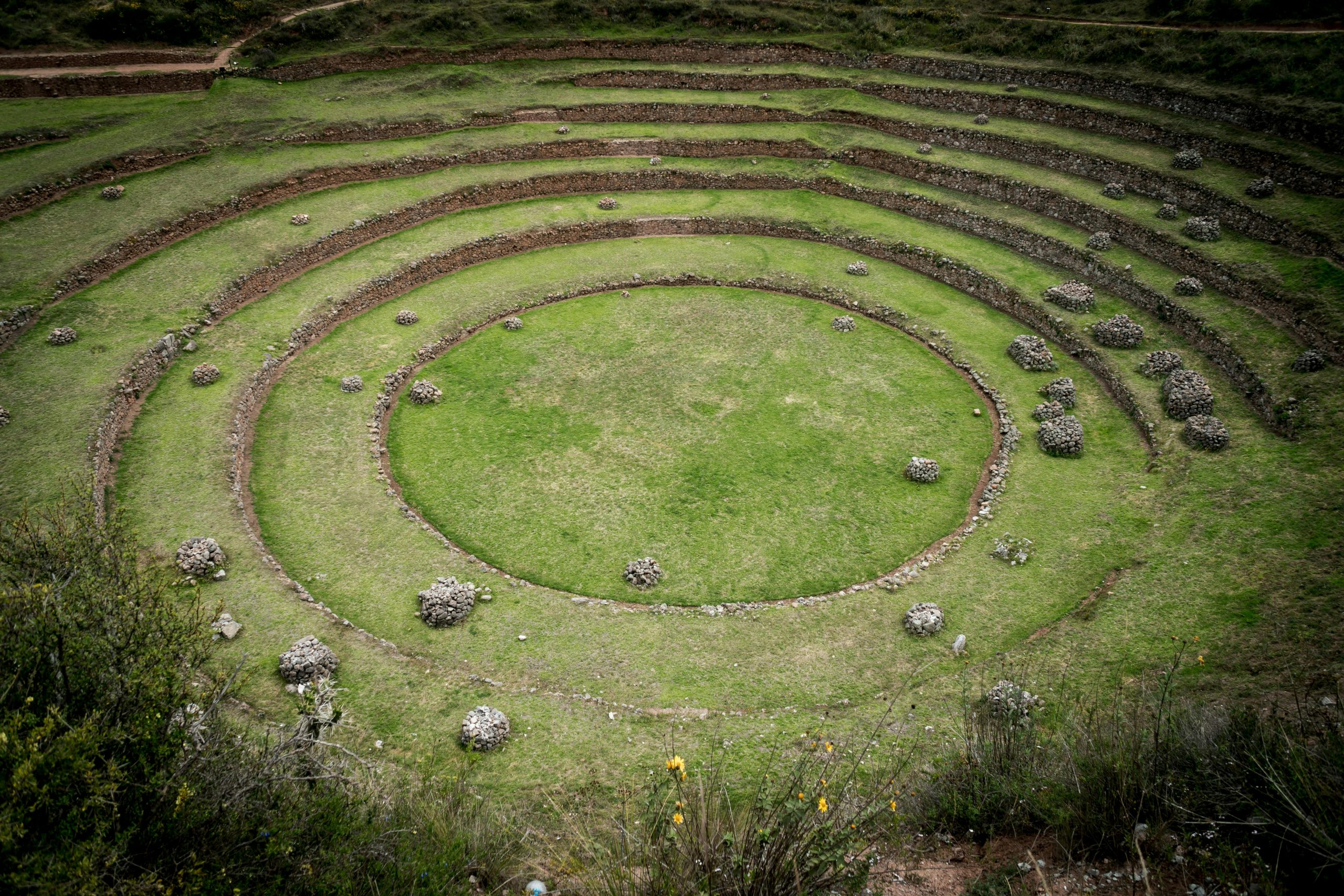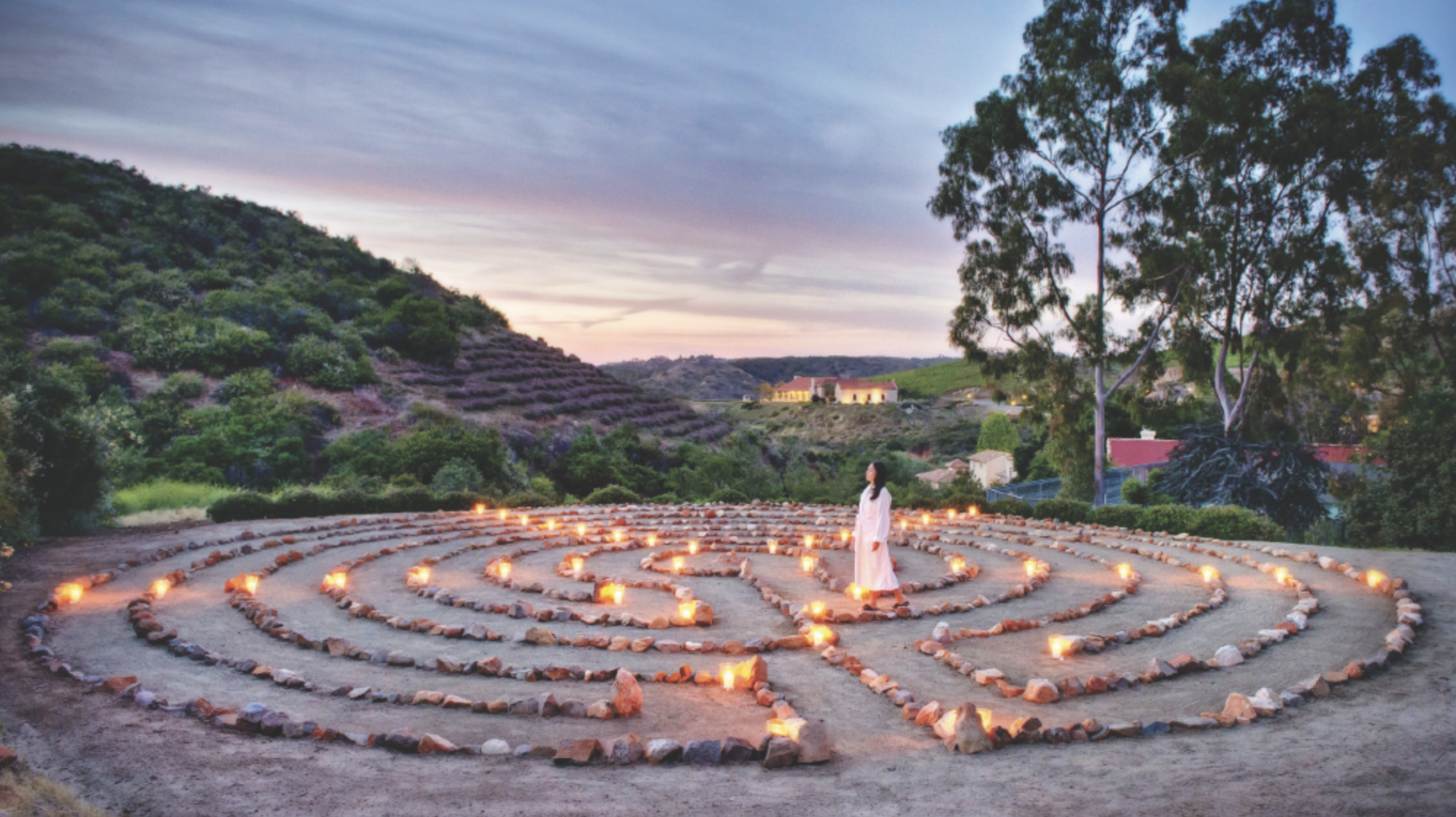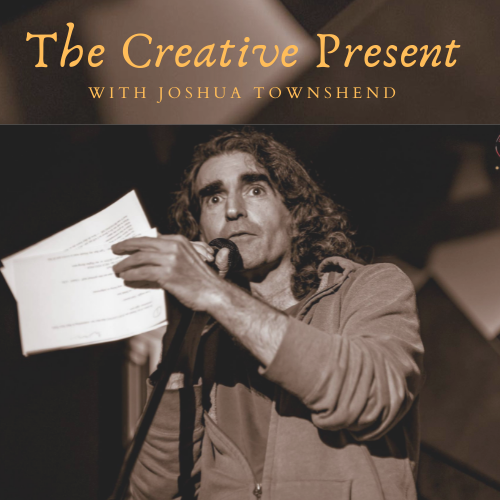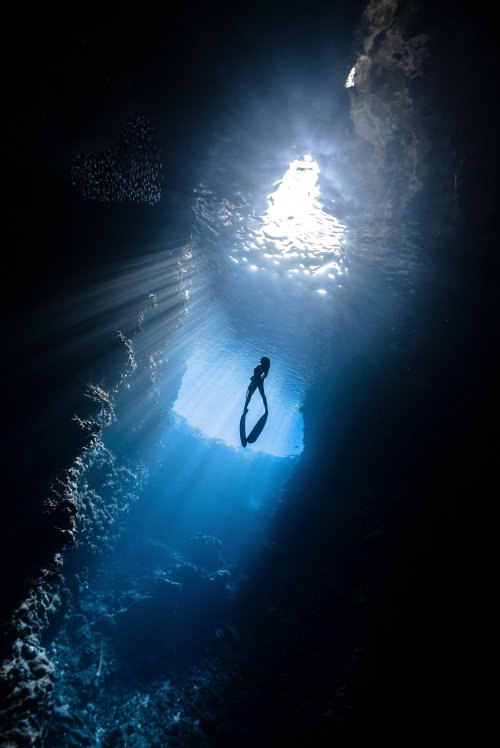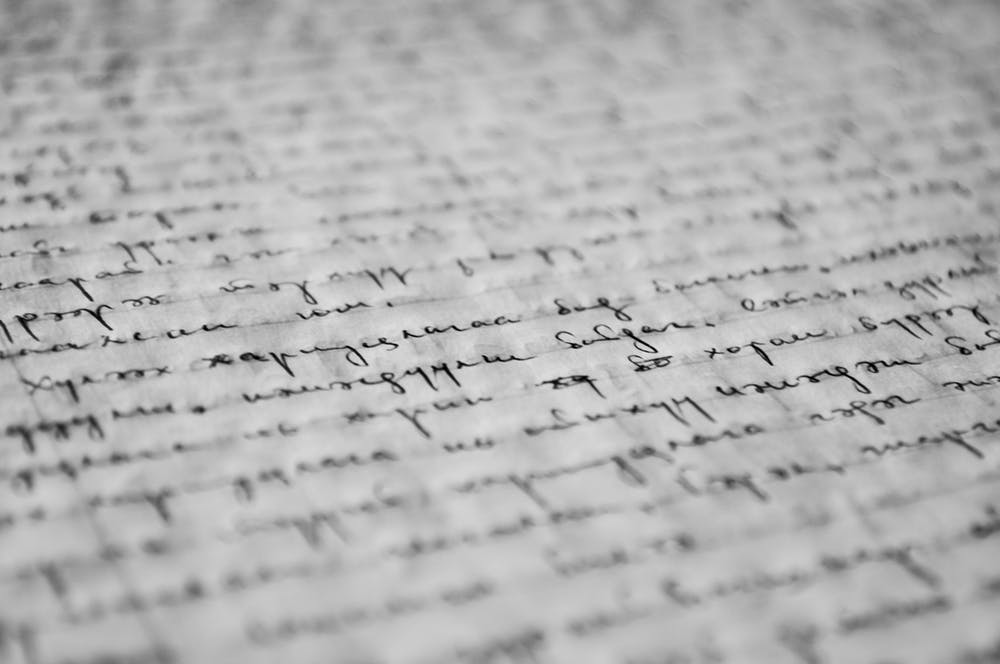Being More Present: Focus of Attention
This is part two of our six-part series about being present and everything that comes with it.
Focus of Attention
Today, we’re zooming in on the focus of attention.
To be a true creative force, your focus of attention needs to be on point and accessible. The ability to focus on anything at any time, perhaps even daily, at your choosing—when and where to direct your attention—is genuinely a superpower for any creative.
Ultimately, it’s up to you. Imagine this: We are engaged in a deep telephone conversation, and suddenly, there’s a loud siren in the background. I could focus all my attention on that siren or let it be part of my soundscape and keep my attention on what we are talking about. See the difference? Where you place your focus of attention can profoundly alter any experience in your life.
Now, here’s a game-changer.
There are only three Circles of Attention.
Just three. Understanding and mastering these will elevate your creative game to new heights.
The Three Circles of Attention
▪️ First Circle of Attention: Skin In
This is all about how you think and feel, your internal sensory input. When you focus on yourself—your thoughts, feelings, and sensory experiences—that’s the first circle. In the film world, it’s like a close-up shot. In literature, it’s the interior life of the character. Picture a close-up of someone’s eyes or ancient hands preparing a meal. This is going deep into the character’s personal experience. Taking the world in via the sense and having authentic thoughts and feelings organically arise from what I am sensing in this first circle of attention. I am not concerned about the other or how I look.
▪️ Second Circle of Attention: Focus on Others
This circle is about what you, as the main character, place your focus of attention. It could be another person, a place, or a thing. For instance, if you’re admiring a brand-new red Ferrari, that car is your second circle of attention. You’re focusing on it, putting your energy into it, and wanting to impact or change it somehow. In narratives, this would be a person or an object the character interacts with. Putting your attention on the 2nd circle of attention, we understand how the character thinks and feels about whatever is taking his/her attention and how they feel about it.
▪️ Third Circle of Attention: The Bigger Picture
The third circle encompasses everything else in your immediate environment. Think of walking down a beach. The ocean, the horizon, the seagulls – make up the third circle of attention. In film terms, this is the master shot. It provides context and sets the scene without focusing too intensely on any element. The third circle of attention provides important content, but it is larger in scope, so it will create an overarching feeling or atmosphere.
Bouncing Between Circles
Great storytelling involves bouncing/transitioning between these three circles of attention. You move from one to the other to keep the narrative dynamic and engaging. Sometimes, you might focus on the intimate details of a character’s life (first circle), then shift to their interaction with another character (second circle), and finally zoom out to show the broader context of their world (third circle). The faster we bounce from one circle to the other, the less time for the depth of entry we will have to experience the moment and the possible nuances that may ensue.
Suppose you want the character and the audience to go deeper into the moment. In that case, this is usually created by allowing more time (breathing room) for each circle of attention that is being presented. Example. Music videos generally have swift/quick cuts between these 3 circles. Art house / European-style films that tend to linger on the human experience will usually spend a longer time in each circle – slowing down the pace but increasing the depth of entry.
Practical Application
As an artist, a creative, or just a human being, where you place your focus of attention matters. Consider which circle you focus on in your creative work and how you transition between them. This awareness enhances your ability to engage deeply with your work and audience.
Remember, all of this hinges on being present. When fully present, you can navigate these circles of attention with ease and intention.
Next up …
Stay tuned for part three, where we’ll continue exploring the power of being more and more present. Remember, mastering your focus of attention is crucial to unleashing your creative potential.
Until next time, keep exploring and expanding your creative horizons.
I look forward to our next one!
Also, don’t forget to watch Part 1 of this series. 😉
Joshua


